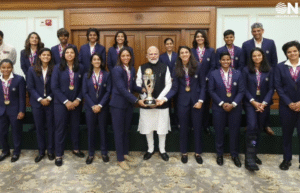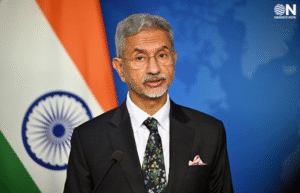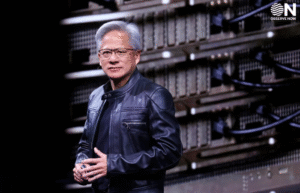Devendra Fadnavis Set to Take Oath as Maharashtra Chief Minister for Third Term
Maharashtra BJP Legislature Party Leader Devendra Fadnavis, unanimously elected to the post, will be sworn in as the Chief Minister on Thursday, December 5, 2024. His name was finalized during a BJP core committee meeting held in Mumbai on Wednesday, ahead of the Maharashtra legislature party’s meeting.
The Mahayuti coalition leaders will meet Governor C.P. Radhakrishnan on Wednesday afternoon to formally stake a claim to form the government. This marks a significant milestone as Mr. Fadnavis prepares to assume office as Chief Minister for the third time.
The swearing-in ceremony is set to be a grand affair, with attendance from Prime Minister Narendra Modi, several Union Ministers, and 19 Chief Ministers and deputy Chief Ministers from across the country. Over 40,000 supporters and 2,000 VVIPs are expected to gather at Azad Maidan in Mumbai, where the Mumbai police have implemented traffic restrictions and diversions to facilitate the event.
BJP leader Prasad Lad described the ceremony as a “historic moment” for Maharashtra, with live broadcasts planned statewide. Addressing newly-elected MLAs at Vidhan Bhavan, Mr. Fadnavis expressed gratitude to Prime Minister Modi for the opportunity, calling it an “honor” to serve as Chief Minister for the third time. “From starting as a booth-level worker to leading the state thrice, this journey has been humbling,” he said.
He also emphasized the importance of the Constitution, remarking that for Prime Minister Modi, it holds the utmost significance above all else.
In the elections, the BJP secured a record 132 seats out of 288, achieving its best-ever performance in Maharashtra. The Mahayuti coalition now commands a formidable 230-seat majority in the Assembly.
Union Minister Nirmala Sitharaman and former Gujarat Chief Minister Vijay Rupani, central observers for the Maharashtra legislature party meeting, were instrumental in nominating Mr. Fadnavis as the BJP’s legislative leader. Senior leaders Chandrakant Patil and Sudhir Mungantiwar officially proposed his name, with unanimous support from party members.
Union Minister Sitharaman lauded the BJP’s success, stating that the results send a strong message across the nation and represent a step toward “Viksit Bharat.” She criticized the previous Maha Vikas Aghadi government for its instability, vowing that the new administration would propel Maharashtra to the forefront of development.
The BJP’s historic victory underscores a renewed mandate, setting the stage for a robust and transformative government under Mr. Fadnavis’ leadership.


















